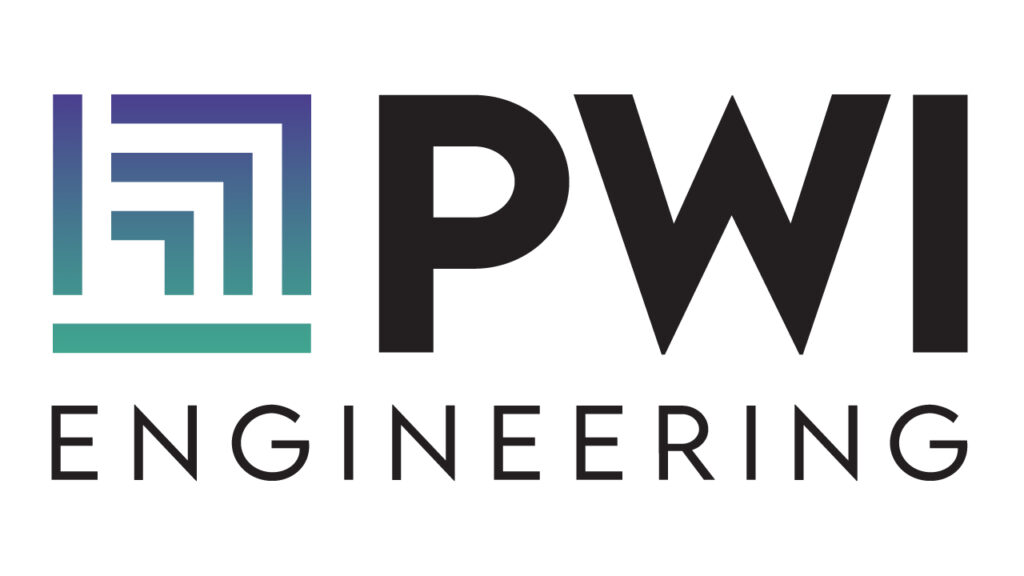Do you have any questions?
Strategic Energy Planning
Energy and utility costs are not fixed costs. They are manageable expenses. Managing these expenses requires foresight, ingenuity, analysis and planning. Strategic energy planning is a “supply side function” which includes:
- Understanding and Projecting Energy/Utility Operating Costs
- Identifying Local Energy Sources and Cost Forecasts
- Developing “Multi-Source” Solutions to Avoid Dependence
- Economically Analyzing Alternative Solutions
- Developing a Cost Monitoring and Measuring Program
- Developing an Energy/Utility Purchasing Program
- Creating Decision Making Tools To Navigate Changing Pricing
- Creating a Flexible, Multi-Year Program for Implementation
- Developing a Continuous Improvement Program that Scrutinizes Emerging Technologies
Strategic energy plans should provide a map along with the decision-making factors to navigate the volatile energy marketplace for the next decade or more.
Strategic energy planning permits the management of energy/utility costs.
It is the most cost effective endeavor in the management of energy and utility costs!
Strategic energy plan development costs are normally 1.5%-9% of the annual energy cost, resulting in annual savings of 10-28% of the annual energy costs.
Additional benefits include the training and educating of accountable employees for on-going success and independence, and the creation of energy cost budgeting tools.
Collecting, sorting and tabularizing existing energy/utility demands, consumptions, and costs is the starting point for all strategic energy plans. This activity defines the character and profile of existing energy needs. It is also the starting point for defining what future needs should be. At least one year, preferably three years, of detailed data is recommended.
Existing energy/utility demands and consumption should then be compared to available sources. The typical sources are available electric utilities, natural gas or propane services, district steam, and refined fuels (including plant based organics).
In this age of “green sensitivity”, some time should be spent on searching for local sources other than the conventional. Such sources should include:
- Bio-mass sources (wood, fuel based waste, coal, etc.)
- Hydro-electric opportunities
- Landfill Methane/Power
- Consistent Solar
- Consistent Wind
- Geothermal—varying degrees
- Waste thermal recycling
- Others
Listing and economically comparing the alternatives at hand in the form of a simple matrix will offer direction toward which options are feasible for future application.
In addition to identifying present day costs for all of the optional utilities, make every attempt possible to identify short and long term future costs. There are a multitude of forecast agencies for energy and utility costs. Like “death and taxes”, energy price increases are reasonably certain. The amount of the increase is at question. Review of historical unit costs illustrates cost volatility for nearly all utility based costs—electric, natural gas, propane, and refined oil.
Review of historical energy unit costs also illustrates the variability of cost increases from one source to the other, promoting the idea of “multi-source” or multi-fuel independence.
Energy/utility cost monitoring, tracking and analysis is a must for managing long term energy costs and energy operating costs. Sensitivity to costs and cost trends are success-critical in the world of competitive procurement.
Purchasing energy and utilities in the de-regulated, competitive market arena requires training and education. Knowledge of both the commodity markets and the energy demands of the plant are required.
Commodity buying of natural gas, refined fuel oils, and electricity are similar in nature. Each market has its own history, trends in pricing, and independent variables that will affect cost. A defined purchase strategy should be developed for each commodity that is implemented competitively with marketers. The strategy should:
- Respect consistent price fluctuation trends
- Portional purchasing of spot markets and futures
- Targeting risk within each manageable boundary
- Formulated multi-fuel selection factors
- Optional hedging tactics
- Contract definition and maintenance for each
- Regular benchmarking to assure continuous improvement
Once contracts are in place, there are regular intervals of analysis, confirmation, and planning required, at least once per month. Continuous vigilance to identify local energy sources is promoted. Commodity market prices should be tracked, monitored and evaluated against the purchasing plan. With multi-fuel options, variable price relationships may result in different amounts of individual fuels being purchased.
Creation of a multi-year improvement program for energy efficiency, energy self-reliance, and alternative energy sourcing improvement(s) should be put in place. As improvement budget funding becomes available, as renewal and expansion programs are implemented, and as energy pricing might soar, a multi year program can be implemented to contain energy operating costs. In other words, make a plan, and implement it patiently as funding is available.
Energy record keeping, energy use/demand/cost benchmark studies, and scrutiny of performance seasonally and annually is encouraged to continuously improve performance. In England, the BMT Society (short for budget, monitor, and target) advise that in their studies, such improvement programs should target 3-5% savings each year. Please also note that the BMT Society advises that at least 20% savings should be realized the first year of the program. Their advice is based upon hundreds of case studies.
Benefits
Our philosophy is that we are the catalyst to aid our customers in reaching their defined goals. Our customers, through their unique situations and needs, dictate the methodology in which we support them through the process of achieving their objectives. Our approach is ‘energy smart’ and ‘engineering based’.
We are a lean-based company and understand what our clients want and need to provide them with the best value of their money being spent. When working with PWI Engineering, our partners will get dependable service, without wasting funds on unnecessary fees and paperwork.
Featured Projects
Cooper University
Hospital
Healthcare
Gagnon Cardiovacular
Institute Addition
Healthcare
Jefferson Cherry Hill
New Patient Tower
Healthcare
Lancaster Hospital
Energy Center
Healthcare
RWJBH – Cooperman Family Pavilion
Healthcare

Ask About Strategic Planning at PWI:
Brad Bathgate, PE
215-241-9100
bbathgate@pwius.com






